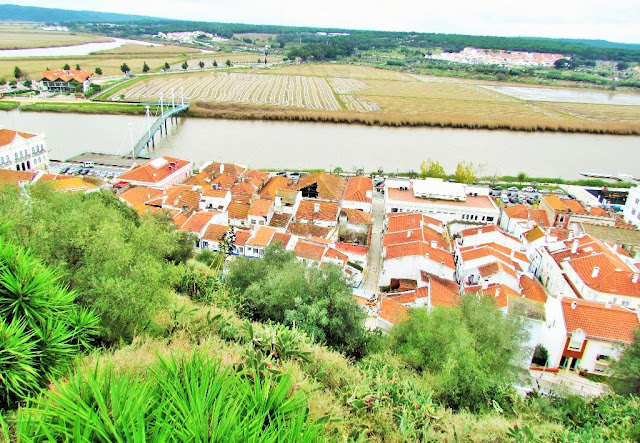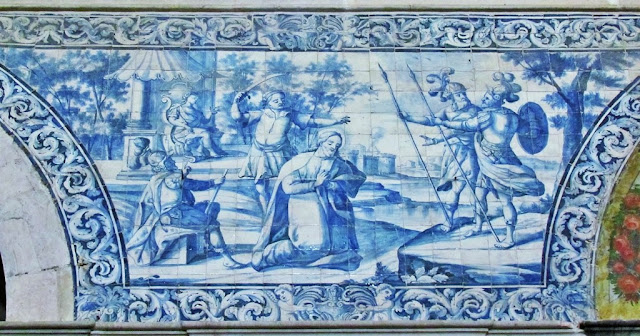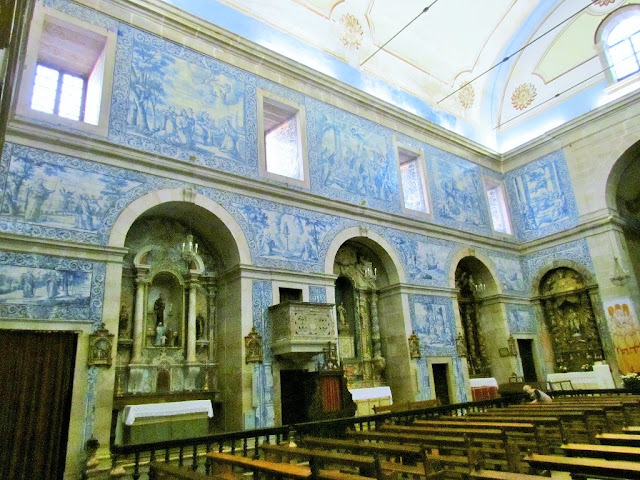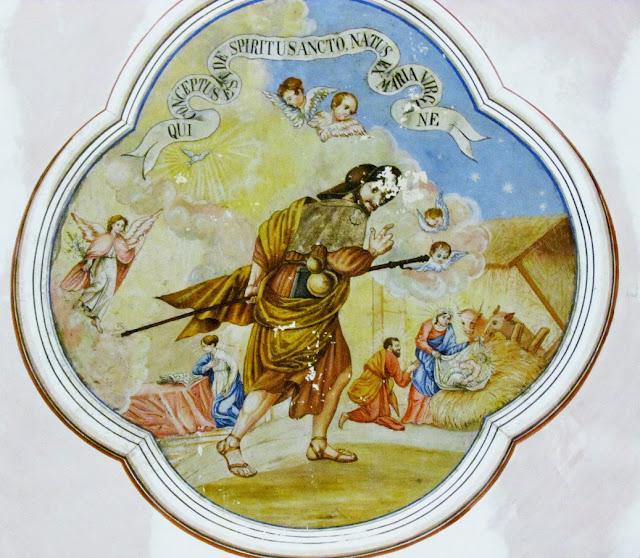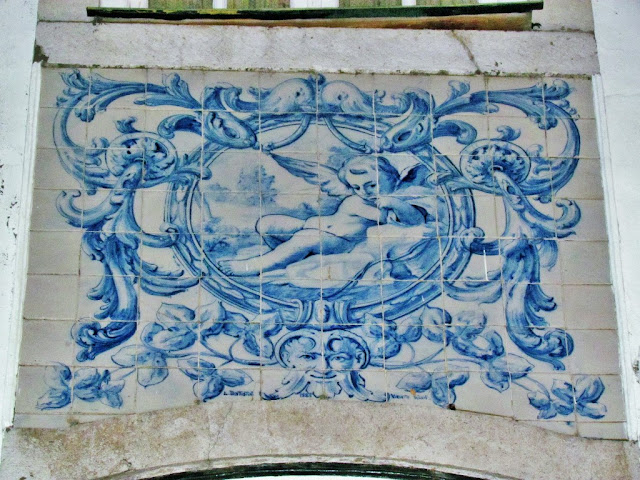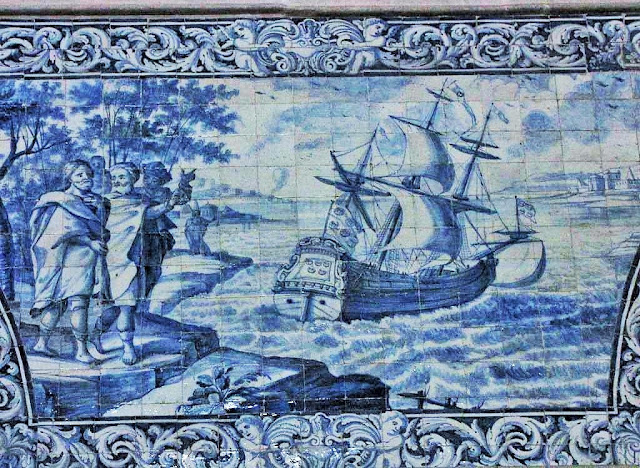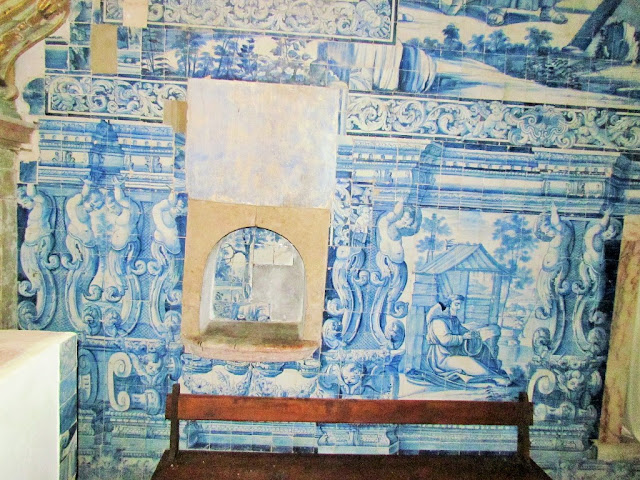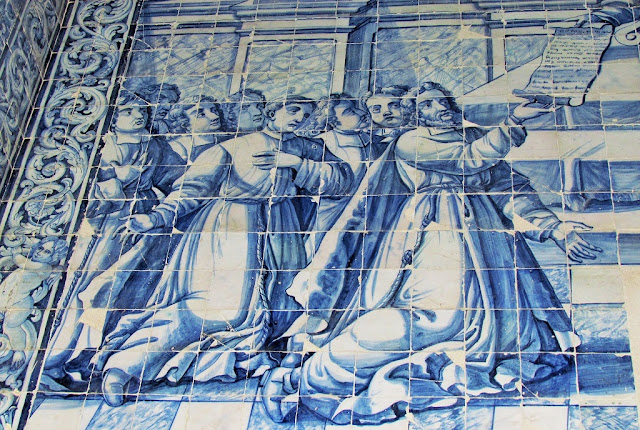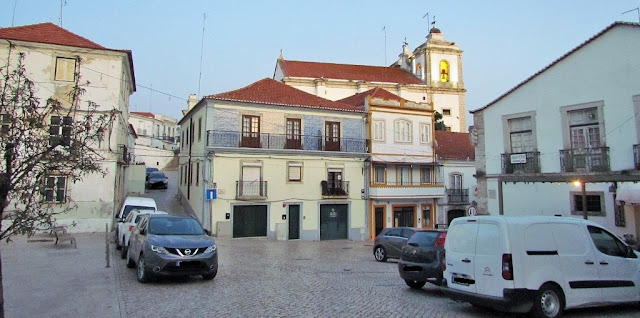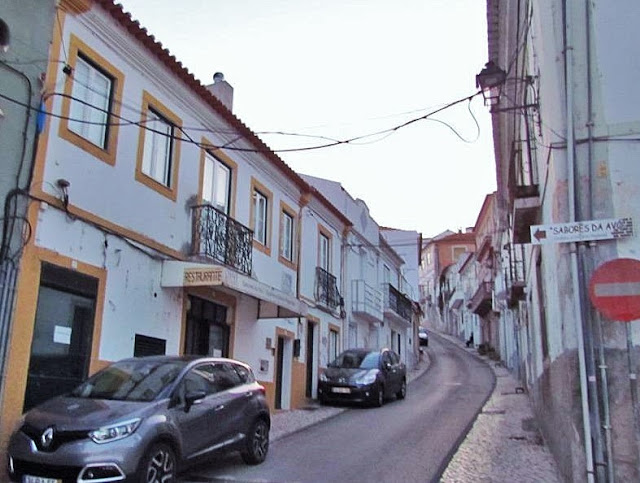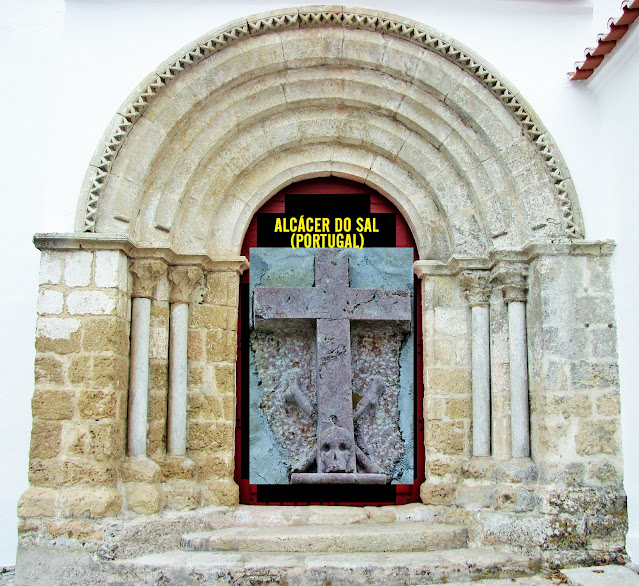ALCÁCER DO SAL
38º 22' 21'' N; 8º 30' 48'' W
It is home to the second most extensive Portuguese municipality, with 1,499.87 km² of area but only 13,046 inhabitants (2011), subdivided into 4 parishes - Comporta, São Martinho, Torrão and União das Freguesias de Alcácer do Sal (Santa Maria do Castelo and Santiago) and Santa Susana. The municipality is limited to the north by the municipalities of Palmela, Vendas Novas, and Montemor-o-Novo, to the east by Viana do Alentejo and Alvito, to the southeast by Ferreira do Alentejo, to the south and west by Grândola and to the northwest, through the Estuary of the Sado, by Setúbal.
Alcácer do Sal is one of the oldest cities in Europe, founded before 1000 BC by the Phoenicians. Like its neighbors and also Phoenicians Lisbon and Setúbal, it supplied salt, salted fish, horses for export, and food for the boats that traded tin with Cornwall.
Later, with the Visigothic invasion, it took on importance again. Invaded by the Arabs, one of the strongest fortresses on the Iberian Peninsula was built there. The Vikings tried to plunder it but to no avail.
The first King of Portugal, D. Afonso Henriques, conquered it in 1158. Conquered by the Moors, only during the reign of D. Afonso II, and with the help of a fleet of crusaders, the city was definitively conquered.
Alcácer do Sal is a historic city, overlooking an amphitheater over the River Sado, populated by old medieval neighborhoods and surmounted by a Muslim-based castle.
A few kilometers from the city of Alcácer, following the course of the Sado River downstream, is the Sado Estuary Nature Reserve, which extends over about 23,160 hectares, most of which corresponds to wetlands, namely channels, mats, and marshes.
👇👇👇👇👇
Church of Santiago
Of medieval origin, this church was rebuilt in the reign of D. João V. Two bell towers, home to storks' nests and the main facade, with a curved pediment marble portico, dominate the city landscape when seen from the river Sado. The sober, stripped, straight exterior contrasts with the richness of the interior. It consists of a single nave of great proportions, typically 18th century, where the Mannerist and Baroque chapels stand out and an interior entirely lined with white and blue tiles that portray some of the episodes in the life of the apostle Santiago and the Virgin Mary.
☝☝☝☝☝
Church of the Convent of Santo António and Chapel of the Eleven Thousand Virgins
A modest exterior hides one of the most important examples of Renaissance architecture in Portugal: the Chapel of the Onze Thousand Virgins. A magnificent work of white marble inside the Convent of Santo António, where the dome is covered in translucent jasper that allows the sun's rays to penetrate, causing them to unfold in plays of color in the geometry of the sculpted forms.
The Franciscan convent of Santo António was founded in 1524 by Dona Violante Henriques, during the reign of D. João III. The conventual church is also of interest due to the arcades supported by Tuscan columns at the entrance and the tile panels alluding to the life of Saint Anthony. On the floor are various tombstones of nobles who chose that as their last home.
The work was continued by D. Pedro de Mascarenhas, son of the founder, viceroy of India, who wanted to build a chapel integrated into the Convent to be his personal tomb and reliquary. He died in 1556 without completing the building, which was finished by his second wife, D. Helena de Mascarenhas, also buried there.
Several relics collected during D. Pedro's travels were also housed in the Chapel of the Onze Thousand Virgins. Among the objects is the head of Saint Responsa, one of the Eleven Thousand Virgins, a hair from Christ's beard, a scrap of his tunic, particles of the Holy Lenho, one of the 30 pieces of money and drops of the Virgin's milk.
For a long time, the chapel was attributed to Francisco d’Ollanda due to the characteristics of the design and the coexistence with Miguel Ângelo, but it is now known that it was designed by António Rodrigues, an architect during the reign of D. Sebastião.
CONTACTS
Largo de São Francisco, in Alcácer do Sal
T: +351 926 462 939
TIMETABLE
Only visitable upon written request to the email paroquiasdealcacer@gmail.com and receipt of a response to it.
💓💓💓💓💓
Castle of Alcácer do Sal
Built on the highest hill in the city of Alcácer do Sal, the imposing fortification of the Castle and its walls today house several buildings of interest, namely: the Pousada D. Afonso II, the Archeological Crypt, the Church of Santa Maria do Castelo, and the archaeological site of the Roman Forum and the residential area.
With a decisive role in the life of the city, its name derives from the word "Al-Kassr" which, in Arabic, means castle.
The castle was for many years the scene of struggles between Christians and Muslims and witnessed decisive moments in the history of Portugal. Of Muslim construction, it is one of the few architectural examples in mud that has stood the test of time and has reached our day.
Seen as impregnable for centuries, its war fame is remote: there is a report that, in the tenth century, it would have survived the assault of a very powerful Viking fleet unscathed. Islamic bastion since the 8th century, only in the 13th century was it definitively under the authority of the Portuguese crown.
CHURCH OF SANTA MARIA DO CASTELO
On the castle hill stands one of the most interesting examples of late Romanesque that is preserved in the south of Portugal, where the style has little representation. The Church of Santa Maria do Castelo, like most medieval religious buildings in the city, was founded by the Order of Santiago after the reconquest of the city by King D. Afonso II in 1217. Once the most important church and the main site meeting in Alcácer do Sal, in their churchyard the minutes of the city and government actions during the Middle Ages were disclosed.
It was built in the same place where a pagan temple and a Muslim mosque had once been. It is a church with three naves and with various reasons of interest: the eighteenth-century pulpit, supported by an angel, the lavishly gilded carving of the chapels, the meticulous work of locksmiths from the 16th century, the tile coverings and the Gothic, Manueline and Baroque features.
The two doors are also important. The side door is the most significant piece from the architectural point of view: it is wide, well laid out, and well maintained, featuring four Romanesque-style arches. Two of them show the beveled edges with a smooth chamfer, the others have a concave chamfer, opening and ending in half rolls. The axial portal is simpler, although shaped with the same motifs. In the 18th century, the pediment was replaced with the shield of the Order of Santiago, opening a window that illuminates the choir.
Access:
Next to Pousada D. Afonso II, in Alcácer do Sal.
Open hours:
From Tuesday to Sunday, from 10 am to 12:30 pm
Contact:
00 351 92 64 62 939
💓💓💓💓💓
SEARCH IN ALPHABETICAL ORDER
IN THE DISTRICT OF SETUBAL
💓💓💓💓💓
Return to mainland Portugal &
the Azores and Madeira islands



































